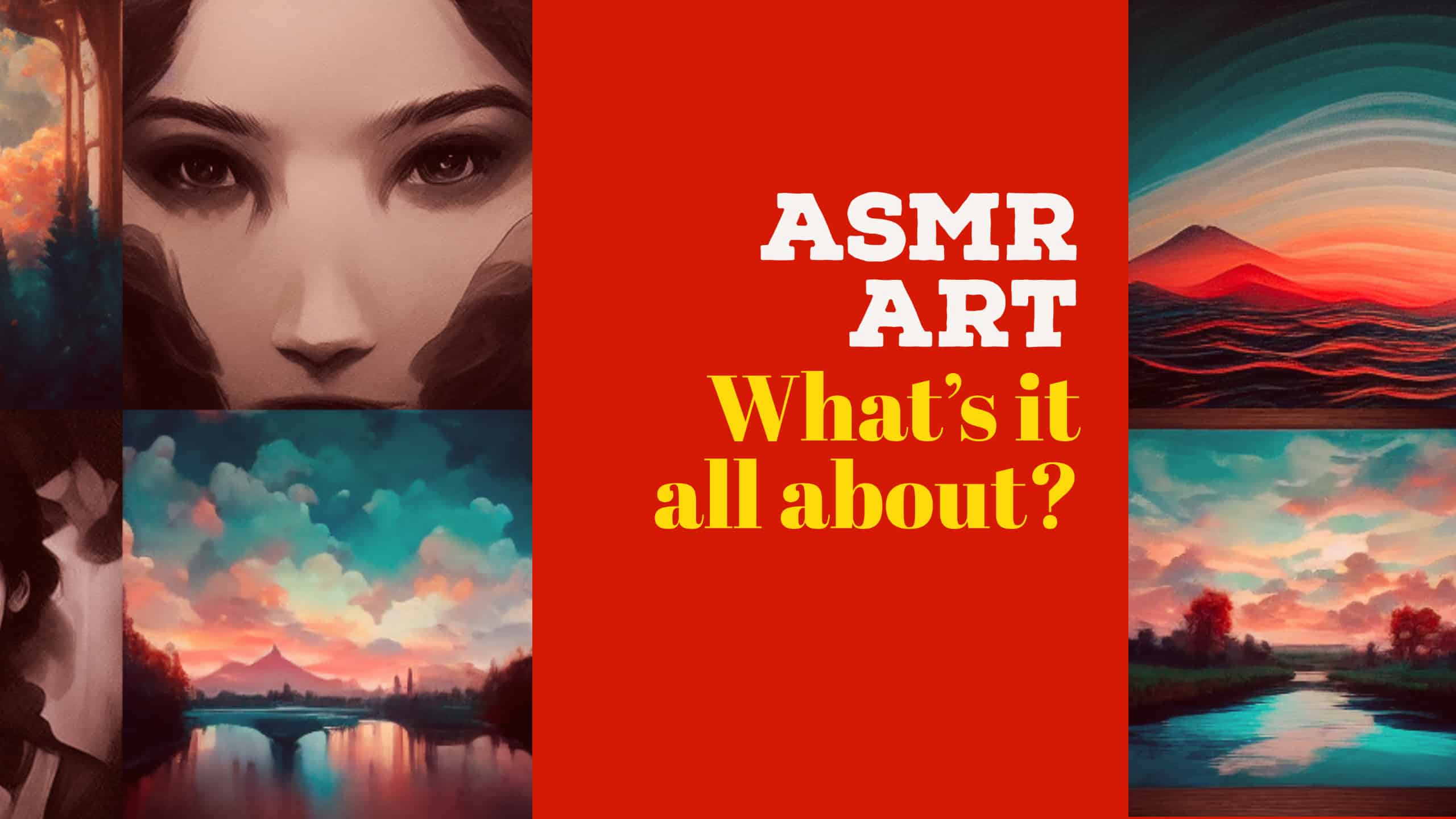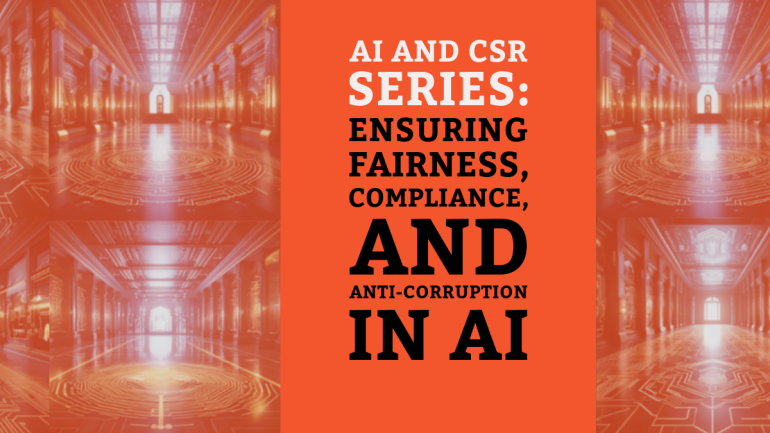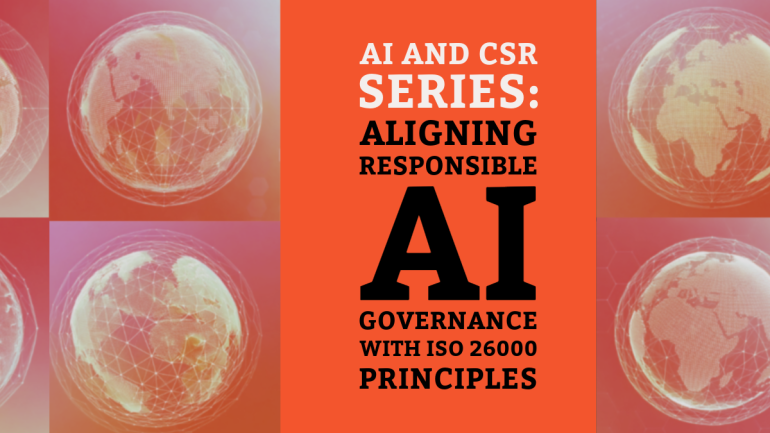This website uses cookies so that we can provide you with the best user experience possible. Cookie information is stored in your browser and performs functions such as recognising you when you return to our website and helping our team to understand which sections of the website you find most interesting and useful.
Table of Contents
You may also interested:
ASMR (Autonomous Sensory Meridian Response) signifies the subjective experience of comfort and happiness characterized by positive, happy feelings as well as a tingling sensation that usually begins on the scalp and moves down the back of the neck and upper spine. It is triggered by certain sensory stimuli that stimulates feelings of calmness, comfort or satisfaction.
The acronym suggests the following components:
- Autonomous – spontaneous, self-governing, with or without control
- Sensory – about the senses or sensation
- Meridian – signifying a peak, climax, or point of highest development
- Response – referring to an experience triggered by something external or internal
What is ASMR ART?
ASMR is often associated with auditory stimuli these days, especially with the multitude of videos uploaded to social media that feature sounds that trigger ASMR reactions, such as videos of people eating, videos of people whispering words of care and concern and videos of people gently tapping tables (with the sound enhanced). However, ASMR can also be induced by the other four senses. ASMR can be induced by the sense of touch such as when masseuses give light touches and brushing against the skin such as effleurage. ASMR can also be induced by visual stimuli as well. These include visuals of a person mixing paint, performing gentle hand movements, stroking skin or neatly slicing soft objects.

ASMR ART phenomenon
There have been some attempts to explain the ASMR phenomenon. Some have compared it with erotic arousal, while others have insisted that the ASMR feelings and erotic feelings differ significantly. Some have argued that ASMR mimics the feelings of altruistic care, such as grooming as a means of bonding between primates. None of these have been proven with statistical significance, though, and as such, different individuals have different preferences for stimuli which stimulate the ASMR feelings.
As mentioned earlier, the ASMR phenomenon has been very popular on social media, leading many content creators to create videos that feature ASMR. Some of these videos have reached views in the millions. Yet, the only intention of these content creators is to stimulate ASMR.

Millions of viewers in Youtube on ASMR videos
The Internet is starting to see that ASMR is gaining exposure, as you can tell from this graph from Google Trends.
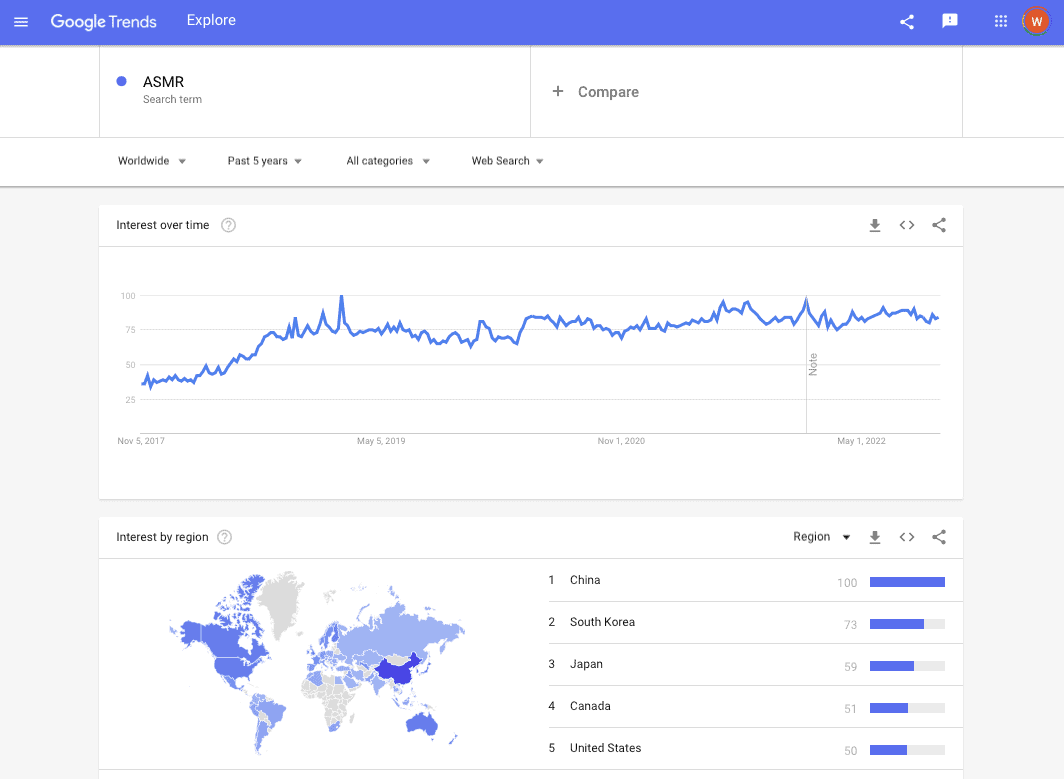
Google Trends trending on ASMR keyword
ASMR ART examples
Enter ASMR art. ASMR art not only hopes to create ASMR feelings, but to do it with a sense of artistic style and finesse. In principle, they are using the principle of attractiveness, and applying it to the sensory perceptions so that the attraction we have towards the art stimulates ASMR feelings.
ASMR ART Art Installation
One of these is the Metronome installation at the London Design Beinnale in 2022. The art installation is a project that is the result of the partnership between Alter-Projects and Servaire and Co. It uses the senses to stimulate the memory of those who view and appreciate the art. The installation has the centrepiece of a golden metronome that oscillates back and forth like a real functioning metronome. A scent is also diffused also with the installation, as well as a backing musical piece. ASMR is intended to be triggered by the sight of the metronome oscillation, the scent as well as the sound of the music. Beyond that, the intention of this piece, when viewed by many people, is to connect them all into a collective memory of life before Covid-19. This collective memory is intended to in turn be a stimuli for new ideas.
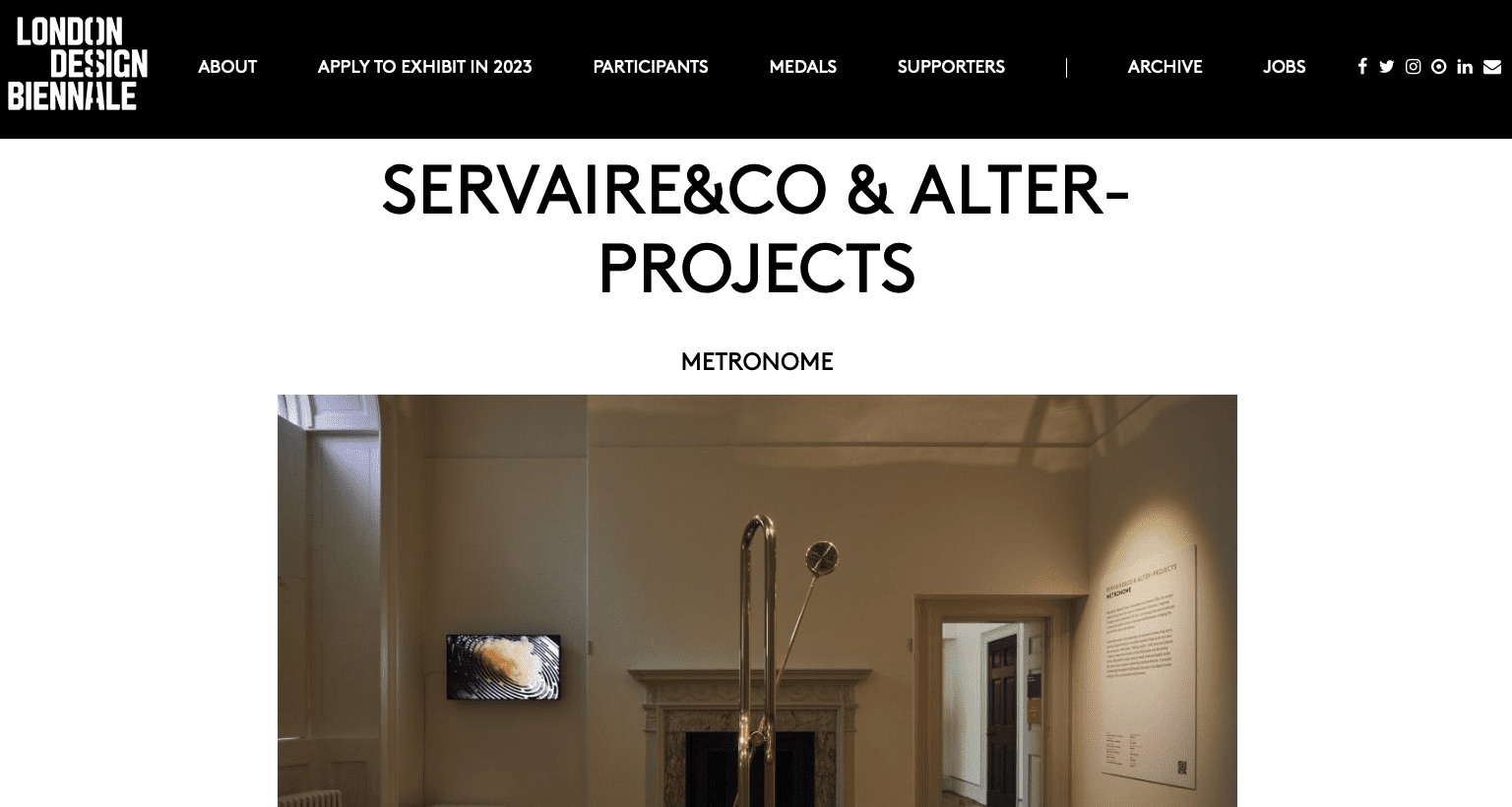
Alter-projects and Servaire and Co.
ASMR ART in Social Media
On social media, many ASMR videos are made of “Mukbang”. That is to say, a person on the camera will attempt to eat a huge serving of food, and a microphone is placed to record and enhance the sounds of munching and swallowing that go along with the eating. The ASMR is activated primarily by the visual-auditory connection of the act of eating and the enhanced sounds. One of the art pieces that are similar to this idea is the “Sonic Seasoning” tableware project by the Royal College of Art student Mengtian Zhang. It is designed to be a multi-sensory approach to food consumption that would give a different perspective on eating.
The Sonic Seasoning tableware will produce sounds that stimulate ASMR feelings as a person is using it to eat. The artistic intention is to have the sound change the taste of food through the connection of taste and sound. The intention therefore goes beyond that of mukbang ASMR. There is the visual component of the food, the visual component of the tableware, the sonic component of the sounds produced by the tableware as well as the taste of the food.
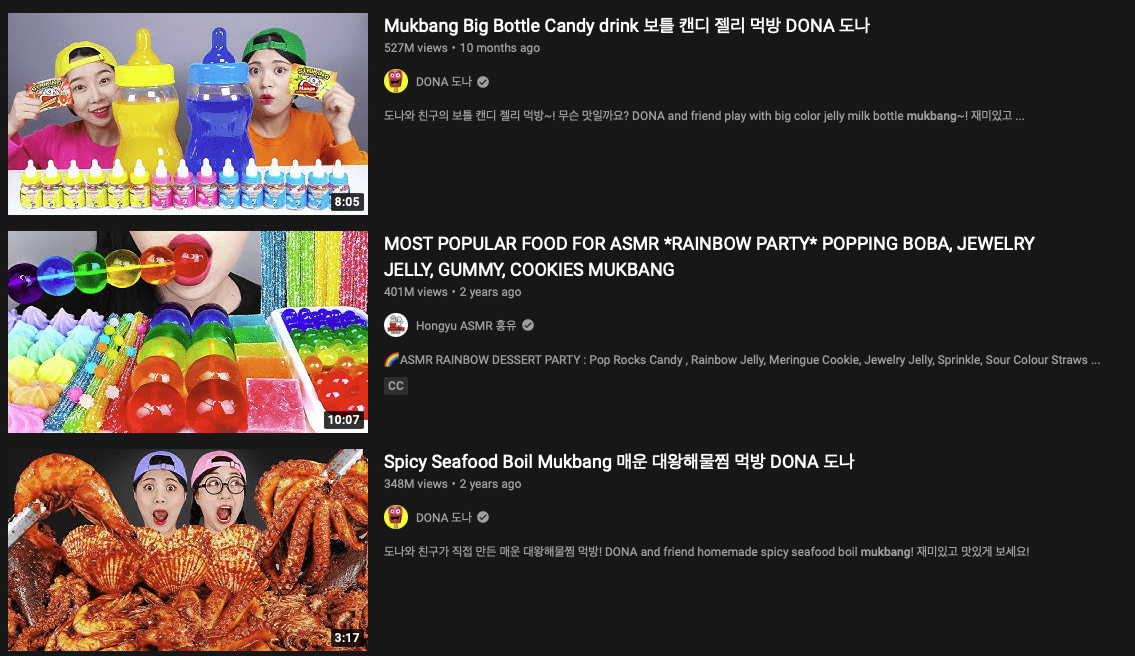
Mukbang Videos on YouTube
ASMR ART and Web3
Not to be outdone, the supporters and proponents of web3 technology have also capitalised on ASMR art. Xtingles is a specialised NFT marketplace that uses blockchain technology to mint and store ASMR art. The first NFT that was minted on that platform was “Free Like a Butterfly”. It is an animated art piece, created in a surrealistic style and featuring spoken words as audio. The artistic intention of this art piece is to “help you find a path to becoming who you truly are and breaking free from constructs,” said Andrew Fai, Xtingles’ Chief Visionary Officer. The more pragmatic intention, in an increasingly popular web3 space, is to avoid the typical hype-building tactics associated with many NFT projects, and the high gas fees associated with many NFT platforms (such as OpenSea). This is deliberately done by Xtingles through featuring and focusing on NFTs that emphasise relaxation and mindfulness.
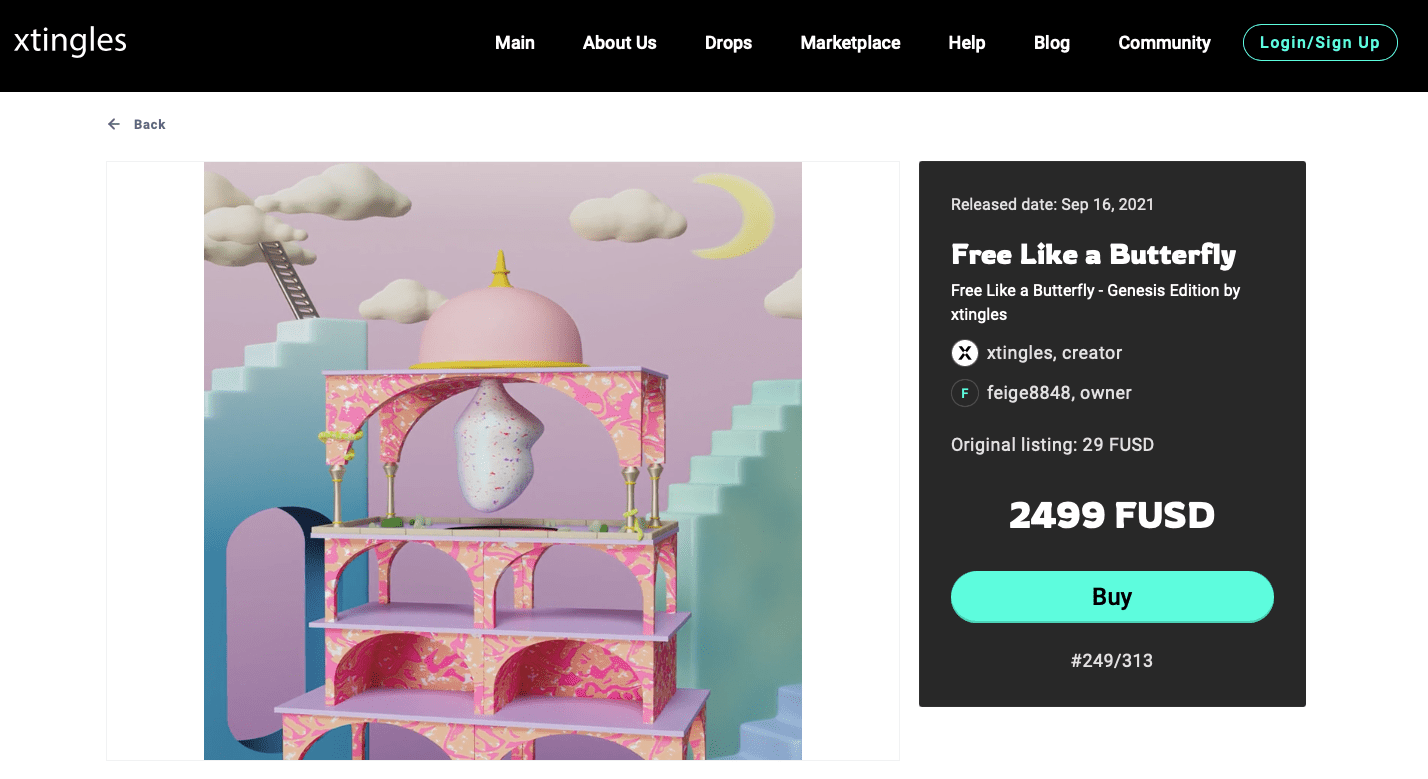
Free like a Butterfly NFT
A final example here would be Argentinian-Spanish artist Felipe Pantone’s Subtractive Variability Compact, a kinetic sculpture that is shaped as a spinning circle, with the colours of cyan, magenta and yellow. This creates a continuous spread of colours as the circle spins as the cyan, magenta and yellow interact with the available light. By spinning the circle, the viewer is interacting with it, and in doing so, is witnessing the formation and creation of new colours as per the viewer’s interpretation. The artist likens the ASMR stimulation her to an induced synesthesia that combines touch and sight. From a design perspective, cyan, magenta and yellow are chosen because they are often used in colour printing (the other colour being black or “K”). They thus combine in a “subtractive way”, that is to say, characteristics of each colour in combination is negated in forming that new colour.
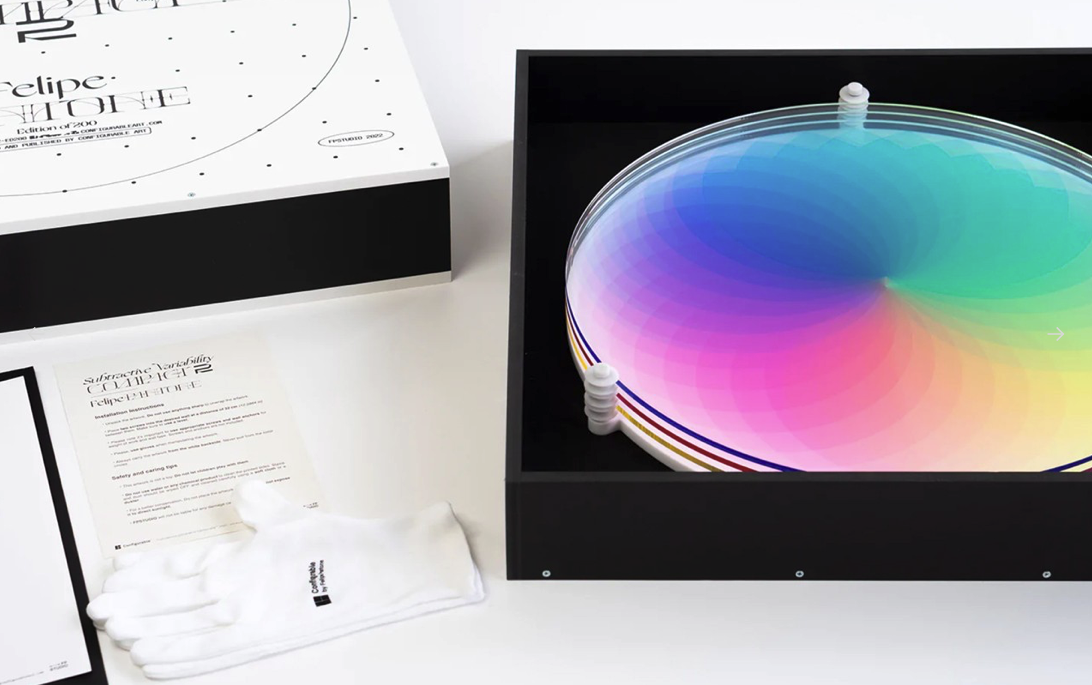
Felipe Pantone
